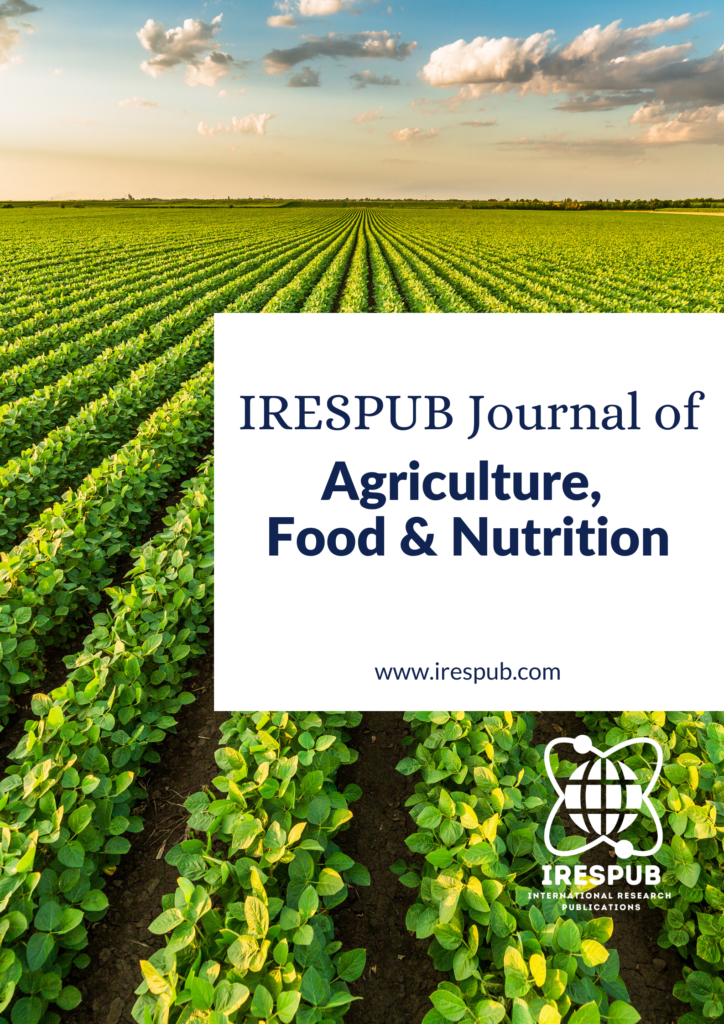
Year Launched: 2021
Journal Menu
- Scope & Research Areas
- Instructions for Authors
- Article Processing Charge
Journal List
- Natural & Applied Sciences
- Life Sciences
- Business Management
- Education & Literature
- Humanities & Cultural Studies
- Medical & Dental Sciences
- Engineering & Computer Sciences
- Agriculture, Food & Nutrition
- Environmental & Material Sciences
- Wellness & Lifestyle Management
- Arts & Ideas
- Law, Policy & Religion
Status quo of education and agricultural mechanization as a tool for poverty alleviation in Nigeria: a brief review
Volume 2, Issue 1, Jan-Feb 2022 | Page 1-6 | PDF (217K) | Pub. Date: February 27, 2022
Author(s)
Muhammad Ibrahim1,2, Deqiang Chen1*, Shettima S. Ibrahim3, Hafsat Alhassan Danjaji4, Khadija Ibrahim5; 1Key Laboratory of Integrated Regulation and Resource Development on Shallow Lakes, Ministry of Education, College of Environment, Hohai University, Nanjing 210098, PR China; 2Department of Environmental Management and Toxicology, Federal University Dutse 720101, Jigawa State, Nigeria; 3Galtima Maikyari College of Health Sciences and Technology Nguru, Yobe State, Nigeria; 4Department of Biological Sciences, Yobe State University Damaturu, Yobe State, Nigeria; 5Department of Public Administration, Yobe State University Damaturu, Yobe State, Nigeria
Abstract
Education and agricultural performance are inseparable parameters in measuring the status quo of poverty in every given country. Specifically, this indicates that countries that have increased their agricultural productivity the most, have also achieved the greatest reductions in poverty. Agriculture has been playing a key role in a global food security and has been lifting many people out of poverty. In this review work, we collected data on agricultural mechanization and educational systems in Nigeria. We analyzed the data and brought out the status quo of higher education in relation to mechanized farming as well as poverty index. In this study, the status of Nigeria’s economy was also investigated. For the purpose of achieving a sustainable mechanized farming, we critically examined the role of science and technology, the role of mass media education and peasants’ engagement. In the end, we highlighted some recommendations and future prospects of agricultural mechanization and poverty alleviation strategies in Nigeria.
Keywords
Poverty eradication; Mechanized farming; Nigeria’s economic status; Nigeria’s system of education
Cite this paper
Ibrahim, M., Chen, D., Ibrahim, S. S., Danjaji, H. A., Ibrahim, K. (2022), Status of education and agricultural mechanization as a tool for poverty alleviation in Nigeria: a brief review, IRESPUB Journal of Agriculture, Food & Nutrition. Volume 2, Issue 1, Jan-Feb 2022, Page 1-6
References
[1] Young, A. C., & Ibrahim, M. (2021). Bioaccumulation of Heavy Metals in Lycopersicon Esculentum Grown with Tannery Sludge across Some Selected Farmlands in Dawakin Kudu LGA of Kano State, Nigeria. International Journal of Scientific Research in Science and Technology, 251–257. https://doi.org/10.32628/ijsrst218238
[2] World bank (2021). The world bank in Nigeria. Retrieved on 23/2/2022, available at https://www.worldbank.org/en/country/nigeria/overview#1
[3] Unknown (2020). Release of the Global Innovation Index 2020: Who Will Finance Innovation?. www.wipo.int. Retrieved 2 September 2021. Todd Moss
[4] Todd moss (2010). Nigerian debt relief. Centre for global development. Retrieved on 23/2/2022, available at https://www.cgdev.org/topics/nigerian-debt-relief
[5] Khadija, B. U., & Ibrahim, M. (2019). Assessment of the Pollution extent of Sulphur Dioxide (SO2) and Nitrogen Dioxide (NO2) in Ambient air within Kano Metropolis, Kano State, Nigeria. Journal of Environmental Science, Computer Science And Engineering & Technology, 8(8), 396–404. https://doi.org/10.24214/jecet.A.8.4.39604.
[6] Unknown (2020). Global Innovation Index 2019. www.wipo.int. Retrieved 2 September2021.
[7] Mairiga, N. M., & Ibrahim, M. (2021). Assessment of Indigenous Knowledge in Managing Environmental Challenges: A Case Study of Ringim Local Government Area of Jigawa State, Nigeria. International Journal of Scientific Advances 2(4), 606–611. https://doi.org/10.51542/ijscia.v2i4.25
[8] Unknown (2013). Global Innovation Index. INSEAD Knowledge. 28 October 2013. Retrieved 2 September 2021.
[9] Federal Research Division (2008). Country Profile – Nigeria. United States Library of Congress –. July 2008. Retrieved 28 May 2021.
[10] Nigerian Bureau of Statistics (2010). Labor Force Statistics, 2010. Archived from the original on 24 April 2015. Retrieved 22 June 2021.
[11] Ake, Claude (1996). Democracy and Development in Africa. Brookings Institution Press. p. 48. ISBN 978-0-8157-0220-7. Retrieved 26 December, 2021.
[12] Pasquini, MW., Alexander, MJ. (2005). Soil fertility management strategies on the Jos Plateau: the need for integrating ’empirical’ and ‘scientific’ knowledge in agricultural development. Geographical Journal. 171 (2): 112–124. doi:10.1111/j.1475-4959.2005.00154.x.
[13] Williams, Lizzie (2008). Nigeria: The Bradt Travel Guide. Bradt Travel Guides. p. 26. ISBN 978-1-84162-239-2. Retrieved 26 December 2008.
[14] Ibrahim, M, Daniel, A. K., Kiyawa, S. A., & Kutama, A. S. (2017). Phyto-Accumulation of Lead and Chromium in Common Edible Green- Leafy Vegetables Consumed in Dutse Metropolis, Jigawa State, Nigeria. International Journal of Chemical, Material and Environmental Research (Vol. 4, Issue 3).
[15] Reuters (2019). Nigeria closes part of border with Benin to check rice smuggling. Archived from the original on 29 August 2019. Retrieved 29 August 2021.
[16] Ibrahim, Muhammad, Young, A. C., Chen, D., & Mughal, N. (2021). Potential ecological risk, in-situ phytoextraction potential of Lycopersicon esculentum, and pollution indices of selected toxic metals in Hausawan – Kaba, Kano State, Nigeria. Environmental Challenges, 4(March), 100113. https://doi.org/10.1016/j.envc.2021.100113
[17] Numafo-Brempong, L., Dawoe, E., & Ibrahim, M. (2019). Assessment of the Effect of Biochar and Leucaena Leucocephala on the Growth and Yield of Maize (Zea mays). International Journal of Scientific Research in Science and Technology, 34–45. https://doi.org/10.32628/ijsrst19641
[18] Muhammad Sani Akilu, Muhammad Ibrahim, “An Assessment of Occurrences of Thunderstorm as an Indicator of Climate Change: A Case Study of Potiskum and its Environs, Yobe State, Nigeria”, International Journal of Scientific Research in Science and Technology (IJSRST), Online ISSN: 2395-602X, Print ISSN : 2395-6011, Volume 8 Issue 4, pp. 526-533, July-August 2021. Available at doi :https://doi.org/10.32628/IJSRST218480 Journal URL : https://ijsrst.com/IJSRST218480
[19] Ibrahim, Muhammad. (2019). Air Quality Analyses for Photochemical Smog Associated with Atmospheric Aerosol Particles and Ozone Precursors Using CMAQ and CAMx Modeling Systems. International Journal of Scientific Research in Science and Technology, 224–235. https://doi.org/10.32628/ijsrst196530
[20] Abdallah, M. S., Ibrahim, M., & Warodi, F. A. (2017). REVIEW ON SOME PLANTS AS BIO – PESTICIDES. International Journal of Contemporary Research and Review. https://doi.org/10.15520/ijcrr/2017/8/07/203

